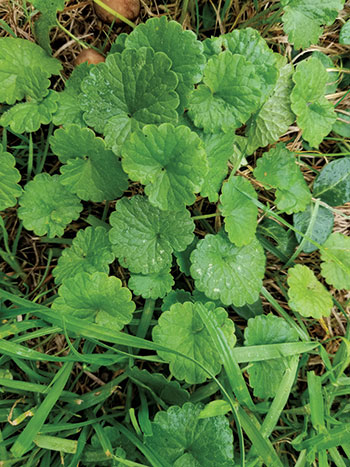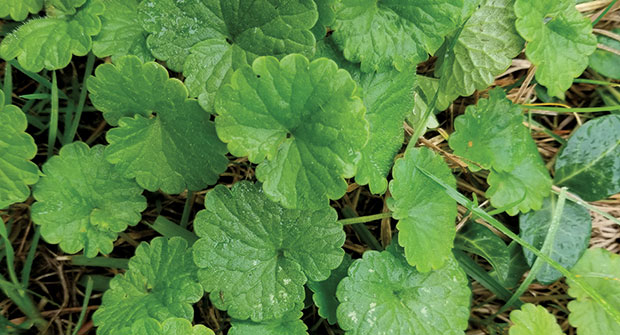
A creeping broadleaf weed identified by its scalloped leaves, square stems and, in some cases, blue-violet flowers, ground ivy is sometimes misidentified as mallow, henbit or purple deadnettle, according to Mike Sisti, golf and lawn care market manager at FMC Corp.
It tends to germinate in the spring in cooler areas with high moisture such as the Midwest and Northeast. Shady areas and thin lawns are particularly susceptible to ground ivy.
A healthy turf stand is often the first line of defense against the weed.
“A thick root system can prevent the likelihood of weed breakthrough by limiting thin spots in the lawn,” Sisti says. “Proper fertilization and cultural practices, including watering and aeration, can encourage the flow of air and water to the root zone.”
Spraying an herbicide with the active ingredient triclopyr has proven effective against ground ivy, Sisti says, adding that several applications may be needed for complete control.
Jason Fausey, Ph.D., director of technical services for turf and ornamental at Nufarm adds, “(Lawn care operators) should make sure they’re using high enough spray pressure to get all the leaves wet, since (ground ivy) is really deep in the grass sometimes.”
He adds that the best time to spray is often in the spring before ground ivy has had ample opportunity to spread.
To avoid herbicide resistance, Sisti suggests proper rotation of herbicides with a different mode of action — such as carfentrazone, for instance.


